-
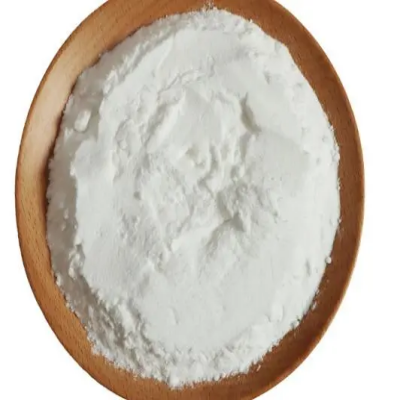
(4R,6R)-t-Butyl-6-(2-aminoethyl)-2,2-dimethyl-1,3-dioxane-4-acetate CAS:125995-13-3
(4R,6R)-t-Butyl-6-(2-aminoethyl)-2,2-dimethyl-1,3-dioxane-4-acetate is a chirally pure molecule featuring a t-butyl group, an aminoethyl side chain, and a dioxane ring with acetate functionality. This compound exhibits structural complexity and versatility for medicinal chemistry endeavors.
-
![(4R-CIS)-1,1-DIMETHYLETHYL-6-[2-[2-(4-FLUOROPHENYL)-5-(1-METHYLETHYL)-3-PHENYL-4-[(PHENYLAMINO) CARBONYL]-1H-PYRROL-1-yl]ETHYL]-2,2-DIMETHYL-1,3-DIOXANE-4-ACETATE CAS:125971-95-1](https://cdn.globalso.com/xindaobiotech/K@NIE7HBAEP6E7J7DS221.png)
(4R-CIS)-1,1-DIMETHYLETHYL-6-[2-[2-(4-FLUOROPHENYL)-5-(1-METHYLETHYL)-3-PHENYL-4-[(PHENYLAMINO) CARBONYL]-1H-PYRROL-1-yl]ETHYL]-2,2-DIMETHYL-1,3-DIOXANE-4-ACETATE CAS:125971-95-1
(4R-CIS)-1,1-Dimethylethyl-6-[2-[2-(4-fluorophenyl)-5-(1-methylethyl)-3-phenyl-4-[(phenylamino)carbonyl]-1H-pyrrol-1-yl]ethyl]-2,2-dimethyl-1,3-dioxane-4-acetate offers a unique and elaborate chemical structure, incorporating a diverse array of functional groups known for their pharmacological relevance. This compound holds promise for potential drug discovery endeavors and biomedical investigations.
-

(2R,3R,4R,5S,6S)-2-(Acetoxymethyl)-6-(4-chloro-3-(4-ethoxybenzyl)phenyl)tetrahydro-2H-pyran-3,4,5-triyl triacetate CAS:32384-65-9
(2R,3R,4R,5S,6S)-2-(Acetoxymethyl)-6-(4-chloro-3-(4-ethoxybenzyl)phenyl)tetrahydro-2H-pyran-3,4,5-triyl triacetate represents a chemically intricate molecule featuring multiple functional groups and a tetrahydro-2H-pyran backbone, offering potential opportunities for pharmaceutical research and synthesis endeavors.
-
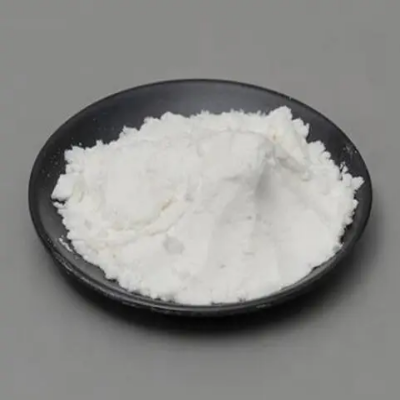
2-Acetylthiophene CAS:88-15-3
2-Acetylthiophene, with a molecular formula of C6H6OS, is a sulfur-containing compound characterized by a thiophene ring substituted with an acetyl group at the 2-position. This compound exhibits unique reactivity and properties that make it a valuable building block in organic chemistry and a key ingredient in various industrial and scientific applications.
-
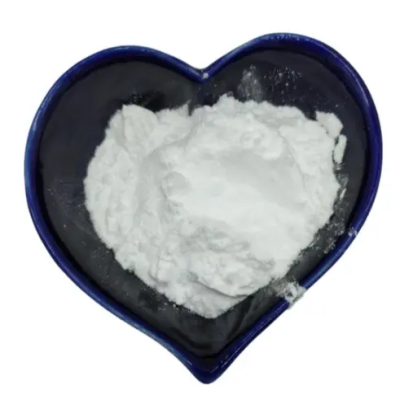
Rocuronium Bromide LK-8 CAS:119302-24-8
Rocuronium Bromide LK-8 is a pharmaceutical compound used as a neuromuscular blocking agent. It belongs to the class of non-depolarizing neuromuscular blockers and is commonly used during surgical procedures requiring muscle relaxation.
-
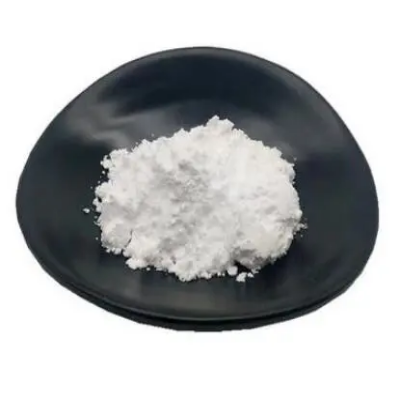
Ethyl 2-(4-hydroxyphenyl)-4-methylthiazole-5-carboxylate CAS:161797-99-5
Ethyl 2-(4-hydroxyphenyl)-4-methylthiazole-5-carboxylate is a chemical compound with a molecular structure containing a thiazole ring substituted with a methyl group, an ester functional group, and a hydroxyphenyl group. This compound has been utilized in various chemical reactions and synthetic processes due to its unique reactivity and structural properties.
-
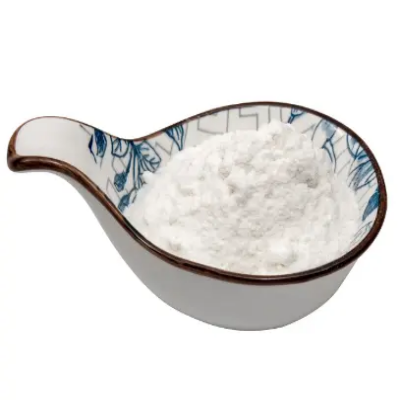
4- (4-Fluorobenzoyl)butyric acid CAS:149437-76-3
4-(4-Fluorobenzoyl)butyric acid is a chemical compound used in the field of organic synthesis and pharmaceutical research. It belongs to the class of aromatic acids and exhibits diverse reactivity and functional properties.
-
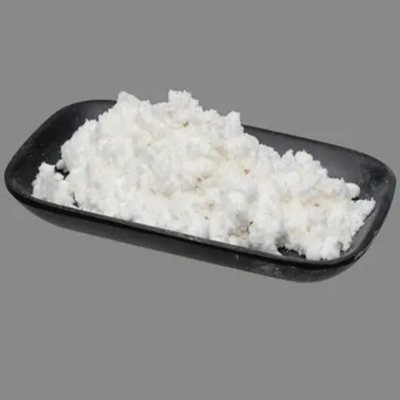
Abacavir(base) CAS:136470-78-5
Abacavir, also known as abacavir base, is a medication used to treat HIV/AIDS. It is classified as a nucleoside reverse transcriptase inhibitor (NRTI) and is often used in combination with other antiretroviral drugs to control HIV infection. Abacavir works by interfering with the enzyme that the virus uses to replicate its genetic material, thereby slowing down the progression of the disease. Additionally, it helps to reduce the risk of transmission to others. Abacavir is generally well-tolerated, but it may cause adverse reactions in some individuals, so it should be used under medical supervision and monitoring.
-
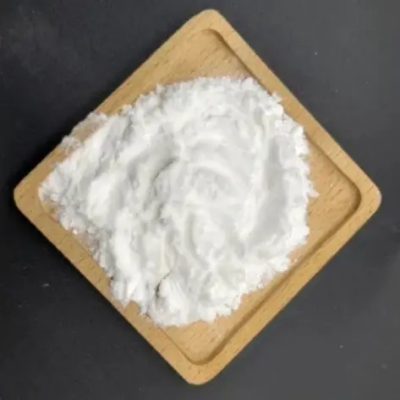
Baccatin (III) CAS:27548-93-2
Baccatin (III) is a natural organic compound known for its role as a precursor in the semi-synthesis of paclitaxel and docetaxel, which are important chemotherapeutic agents used in the treatment of various cancers.
-
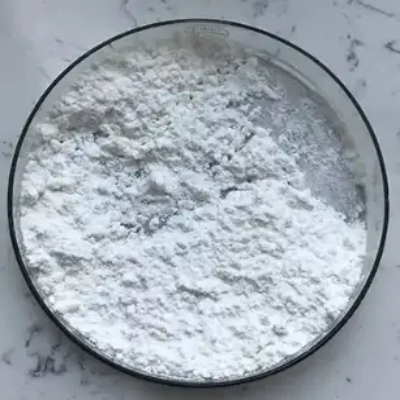
N-Boc-Ethylenediamine CAS:57260-73-8
N-Boc-Ethylenediamine is a chemical compound with the molecular formula C6H14N2O2. It is a versatile building block in organic synthesis, widely used in medicinal chemistry and pharmaceutical research. This compound’s unique structure and reactivity make it valuable for its role as a protecting group and intermediate in the synthesis of pharmaceutical compounds and complex molecules.
-
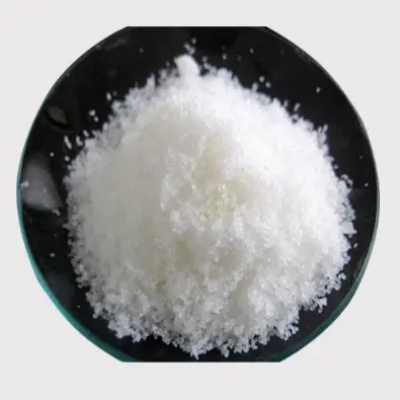
1-Benzyl-4-methylpiperazine hydrochloride CAS:120-43-4
1-Benzyl-4-methylpiperazine hydrochloride is a chemical compound with diverse applications in pharmaceutical and research fields. This white crystalline powder, with a molecular formula of C12H19ClN2, exhibits solubility in water and serves as an important building block in the synthesis of various therapeutic and research compounds. Its unique structure and reactivity make it valuable for drug discovery and development, particularly in the creation of pharmacologically active molecules targeting neurological and psychiatric disorders.
-
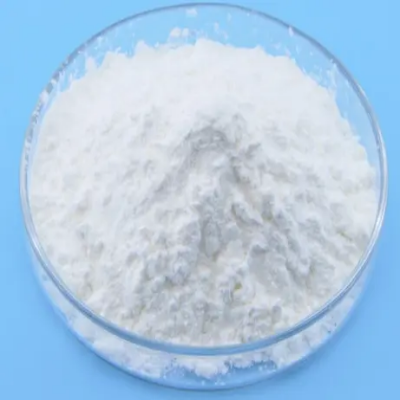
Indazole-3-carboxylic acid CAS:4498-67-3
Indazole-3-carboxylic acid is a chemical compound with the molecular formula C9H6N2O2. It is a solid with versatile applications in pharmaceutical and organic synthesis. This compound serves as an important building block for creating various functionalized compounds, drug intermediates, and novel molecules due to its unique structure and reactivity.

